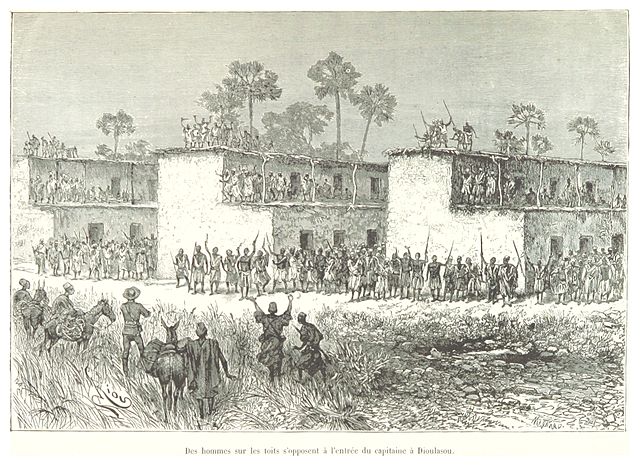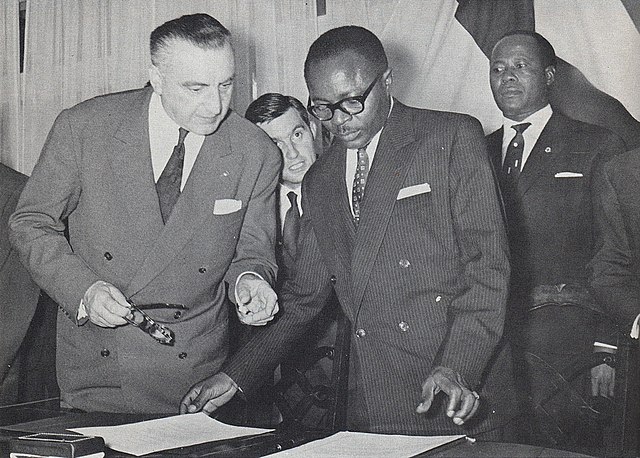National Assembly of Burkina Faso
The unicameral National Assembly is the legislative body of Burkina Faso. In 1995, it became the lower house of a bicameral parliament, but the upper house was abolished in 2002. The upper house was to have been restored under the name "Senate" in the June 2012 constitutional amendments. This revision was never executed due to an extended and unresolved political confrontation over the Senate's establishment, which left the country effectively with a unicameral legislature as of the October 2014 constitutional crisis.
National Assembly of Burkina Faso
A pie chart showing how many seats won in the 2015 Burkina Faso National Assembly Elections. The "other" category includes 6 separate political parties.
The frequency for the number of seats reserved for provinces. The majority of electoral provinces have two seats reserved, while few have more than two.
Burkina Faso is a landlocked country in West Africa. It covers an area of 274,223 km2 (105,878 sq mi), bordered by Mali to the northwest, Niger to the northeast, Benin to the southeast, Togo and Ghana to the south, and Ivory Coast to the southwest. As of 2021, the country had an estimated population of 23,674,480. Previously called Republic of Upper Volta (1958–1984), it was renamed Burkina Faso by President Thomas Sankara. Its citizens are known as Burkinabè, and its capital and largest city is Ouagadougou.
The cavalry of the Mossi Kingdoms were experts at raiding deep into enemy territory, even against the formidable Mali Empire.
Armed men prevent the French explorer Louis-Gustave Binger from entering Sia (Bobo-Dioulasso) during his stay in April 1892.
The capital, Ouagadougou, in 1930
Maurice Yaméogo, the first president of Upper Volta, examines documents pertaining to the ratification of the country's independence in 1960







